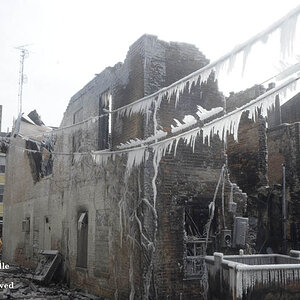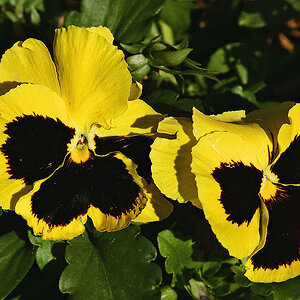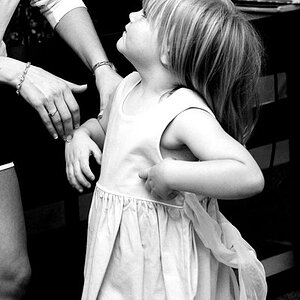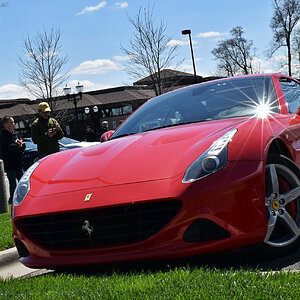Lonnie1212
No longer a newbie, moving up!
- Joined
- Sep 17, 2019
- Messages
- 439
- Reaction score
- 119
- Location
- Springfield, Illinois
- Can others edit my Photos
- Photos NOT OK to edit
Hi Folks,
Today I accidentally took a small bird picture at 170mm. Normally I shoot all my bird pictures at 300 mm. When I zoomed in on the 170mm picture. It was noticeably clearer than the 300mm pictures. Could my lens be getting a blur at 300 mm? I am using a Nikon D610 with this lens.
Thank you,
Lonnie
Today I accidentally took a small bird picture at 170mm. Normally I shoot all my bird pictures at 300 mm. When I zoomed in on the 170mm picture. It was noticeably clearer than the 300mm pictures. Could my lens be getting a blur at 300 mm? I am using a Nikon D610 with this lens.
Thank you,
Lonnie



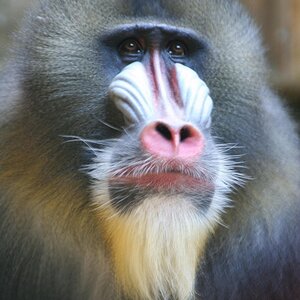
![[No title]](/data/xfmg/thumbnail/37/37538-d4704bfd4f0e4b1941649d81ff8edf2c.jpg?1619738133)
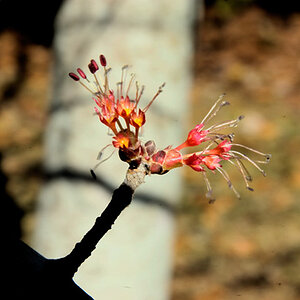

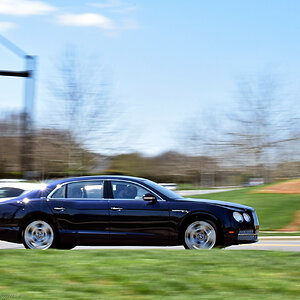
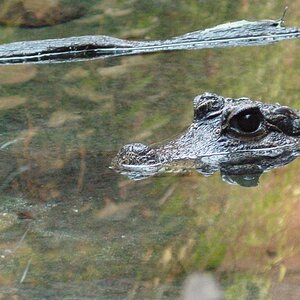
![[No title]](/data/xfmg/thumbnail/37/37534-e0f67d1d14bd79cca15937359f0e4c94.jpg?1619738132)

